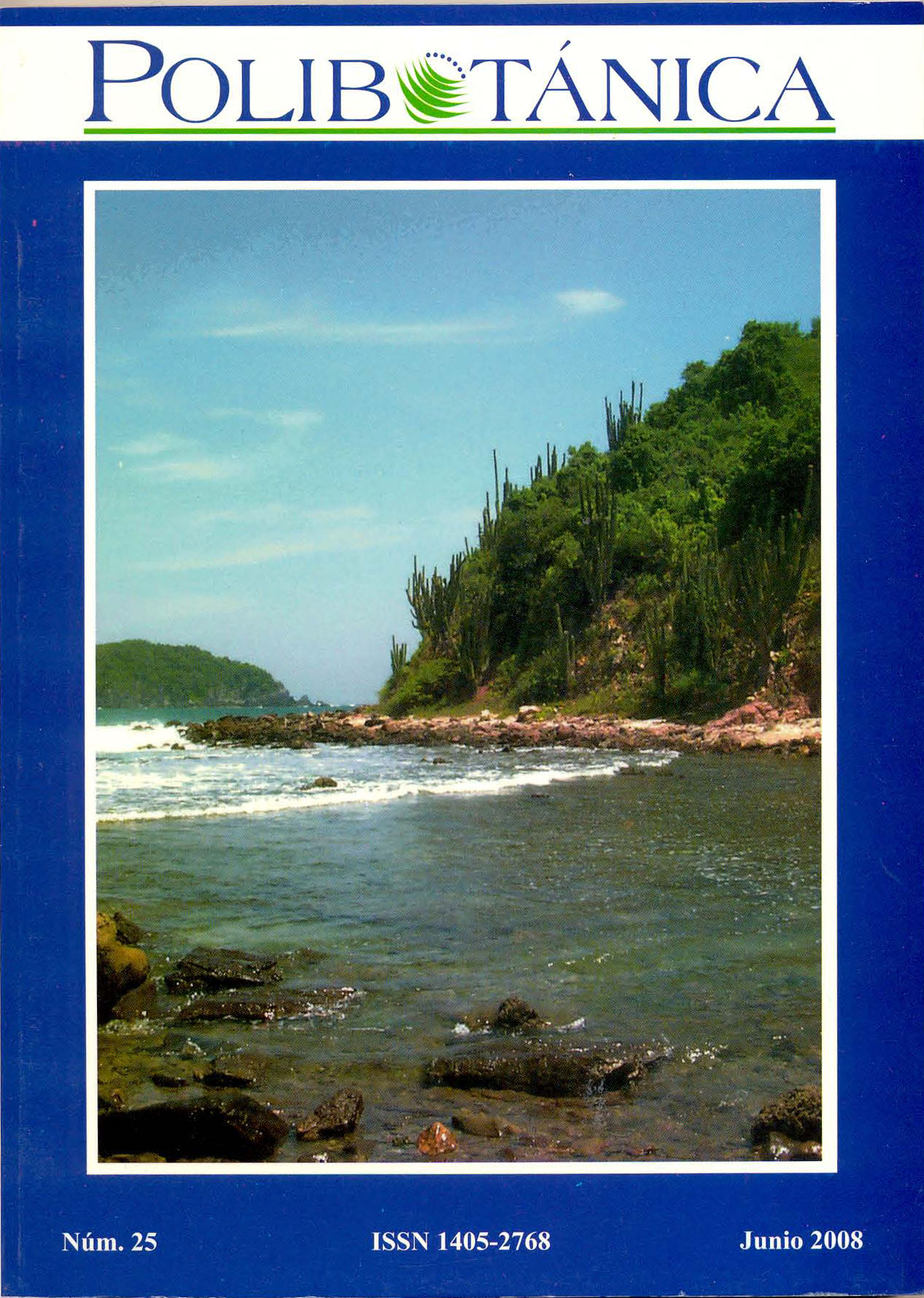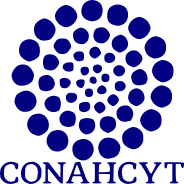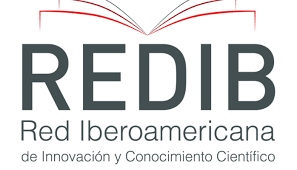ESTUDIO COMPARATIVO DE ALGUNAS VARIABLES FISICOQUÍMICAS DEL AGUA EN CANALES SECUNDARIOS DE XOCHIMILCO CON Y SIN EICHHORNIA CRASSIPES (MARTIUS) SOLMS-LAUBACH
Abstract
When aquatic vascular plants show excessive growth, they have the capacity to modify
certain physical and chemical properties of
the water bodies in which they become established, affecting the balance of the aquatic
ecosystem. Eichhornia crassipes, water
hyacinth, is regarded as a weed because of
its capacity to adapt to various habitats. In
the Xochimilco Lake zone (México, D.F.),
where water hyacinth can completely obstruct secondary channels that surround the
parcels, it is extracted mechanically on a
permanent basis and used as green manure.
These channels, locally called as “apantles,”
are very important to the peasants, because
they give constant humidity to the soil.
The aim of our study was to determine if
there are significant differences in physicochemical properties of the water between
secondary channels due the presence of
water hyacinth. Physical and chemical data
obtained from water samples collected in
these channels showed that the presence
of water hyacinth significantly decreased
hydrogen potential, subsurface temperature and dissolved oxygen levels, the latter
causing oxidized chemical compounds
to diminish, therefore decreasing nitrate
levels and increasing ammonium levels.
Dissolved reactive phosphorus, together
with the rest of the parameters considered
in this study, did not show any significant
differences. Nevertheless, it is necessary
to point out the high levels of dissolved
reactive phosphorus quantified.
Downloads
Published
Issue
Section
License

Polibotánica by Departamento de Botánica de la Escuela Nacional de Ciencias Biológicas del Instituto Politécnico Nacional se distribuye bajo una Licencia Creative Commons Atribución-NoComercial-CompartirIgual 4.0 Internacional.




















